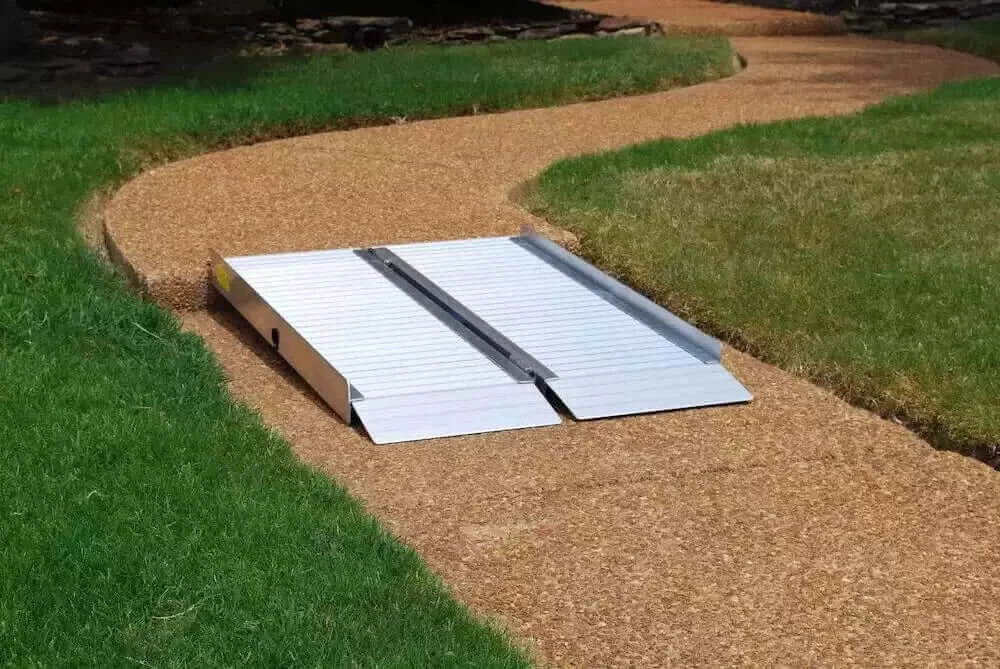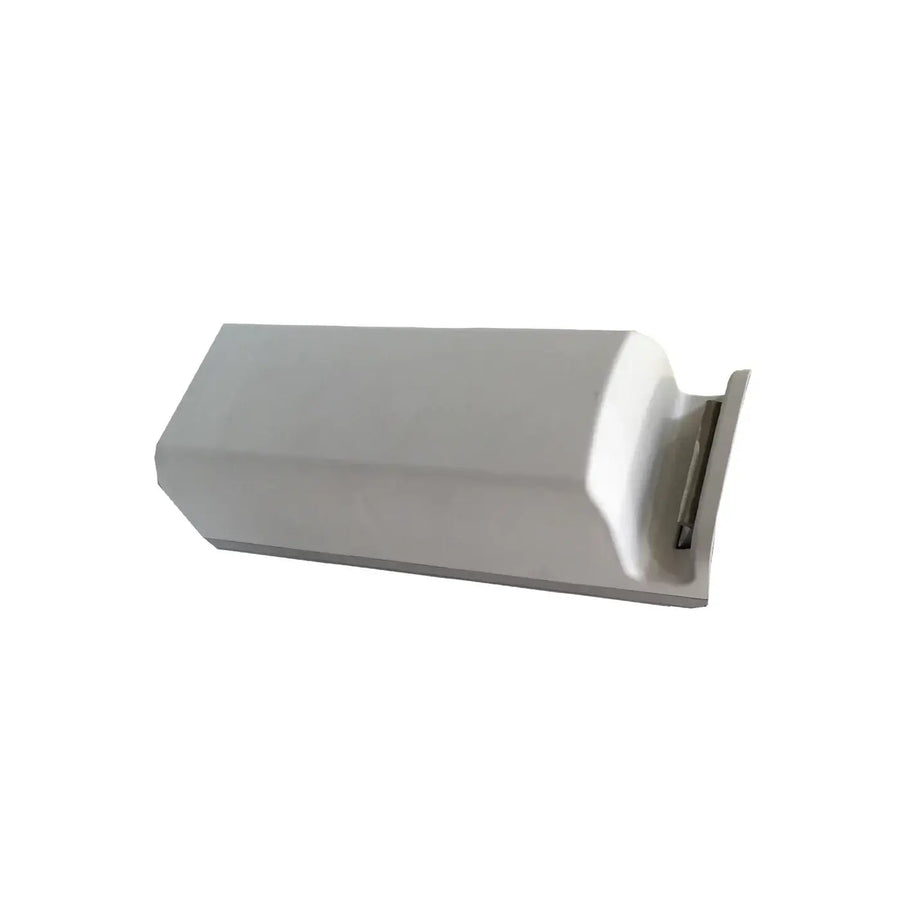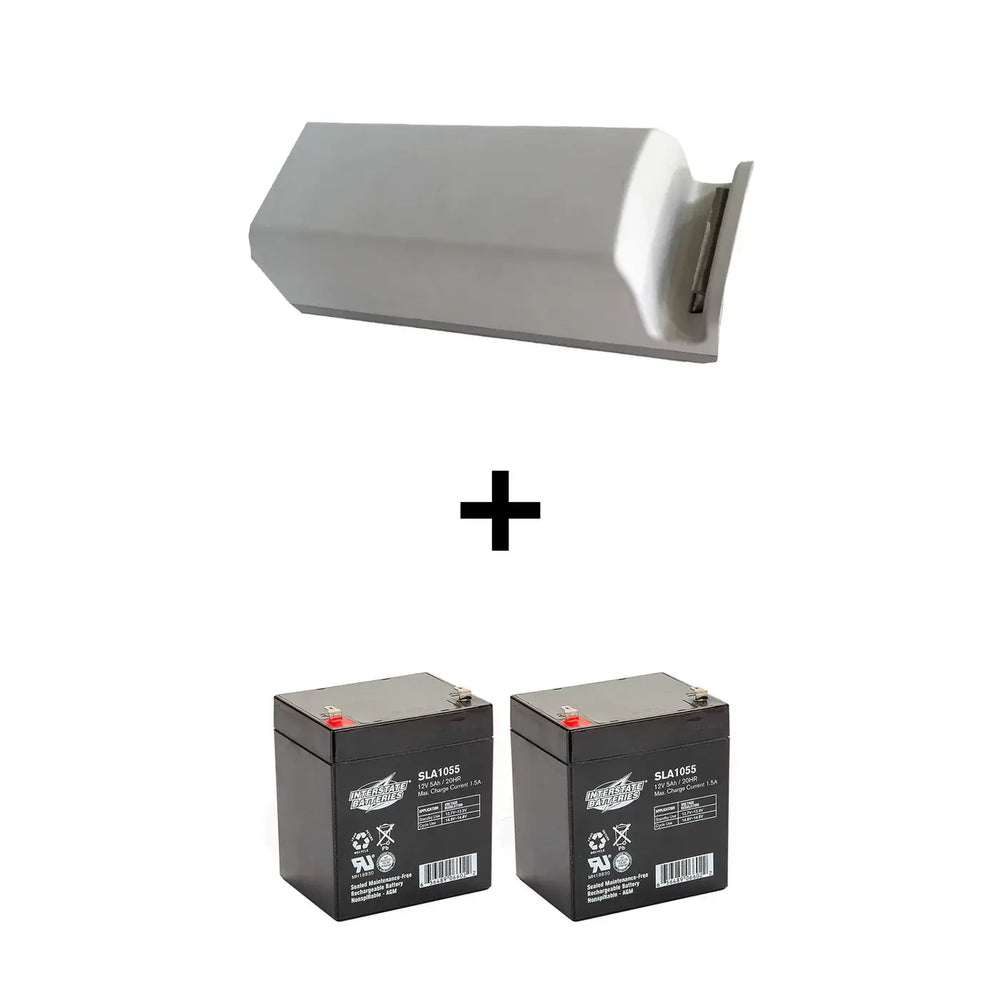What Is the Difference Between a Hoyer Lift and a Patient Lift?
Moving a person with limited mobility requires the right equipment to ensure safety and ease. Whether at home, in a hospital, or at a care facility, lifts help reduce strain on caregivers while keeping transfers smooth and secure. But with different types available, choosing the right one can be confusing.
You may have heard of hoyer lifts and patient lifts, but what exactly sets them apart? While both serve the same purpose—assisting with transfers—their design, function, and ideal use cases vary. Understanding these differences is key to selecting the best option for your needs. Let’s break it down.

Hoyer Lift vs. Patient Lift Sling
A hoyer lift is a mobile floor lift system with wheels designed to lift, suspend, and transfer a patient safely. It provides full-body support using a sling that slides under the patient and is commonly used in homes, hospitals, and care facilities.
A patient lift, on the other hand, is a broader category of lifting devices. It includes hoyer lifts as well as ceiling lifts, stand-up lifts, and other specialized equipment designed for different mobility needs. While all hoyer lifts are patient lifts, not all patient lifts are hoyer lifts.
Key Differences Between Hoyer Lifts and Patient Lifts
When you're choosing between a hoyer lift and other patient lifts, it's essential to understand their key differences. Knowing their variations can help caregivers and healthcare providers select the most suitable option for their needs.
-
Manual vs. Electric Operation
-
Hoyer Lift - Available in manual (hydraulic) and electric-powered models, giving users more options based on their needs. Manual models require physical effort to operate, making them more suitable for caregivers with sufficient strength, while electric models offer more effortless lifting with minimal exertion.
-
Patient Lift - Some patient lifts are strictly manual, while others may include electric models. The choice between manual and electric depends on budget, patient mobility, and the caregiver’s physical capability.
-
Design and Construction
-
Hoyer Lift - Typically made with durable metal frames and designed for long-term use in both home and clinical settings. Many hoyer lifts feature sturdy construction to ensure stability and safety, with adjustable bases to accommodate different transfer situations.
-
Patient Lift - Varies in design based on the manufacturer and specific use case, with some models focusing on portability and ease of use. Some patient lifts are foldable or lightweight for convenient transport, making them ideal for home care or travel.
-
Weight Capacity
-
Hoyer Lift - This can support different weight limits depending on the model, with bariatric options available for heavier individuals. Standard models typically accommodate up to 400 pounds, while bariatric models can handle over 600 pounds, ensuring safe patient transfers.
-
Patient Lift - Weight capacity varies widely, with some models designed for standard use and others built for bariatric patients. Before purchasing, it's crucial to check the weight specifications to ensure the lift meets the needs of the patient safely.
-
Application and Use Cases
-
Hoyer Lift - Often used in hospitals, nursing homes, and private residences for safe patient transfers. These lifts help caregivers move patients with limited mobility between beds, wheelchairs, and other locations while minimizing the risk of injury.
-
Patient Lift - Used in various healthcare settings, including home care, rehabilitation centers, and long-term care facilities. Some patient lifts are designed specifically for bathing, toileting, or lifting patients from the floor after a fall, providing versatile solutions for different caregiving situations.
-
Pricing and Availability
-
Hoyer Lift - This may be more expensive due to its brand recognition and build quality. The cost varies depending on features such as electric operation, higher weight capacity, and additional accessories like specialized slings.
-
Patient Lift - Prices vary depending on the brand and model, with some non-hoyer lifts being more affordable. While budget-friendly options exist, it's important to balance cost with durability, safety, and ease of use to ensure a good long-term investment.
When to Choose a Patient Lift or a Hoyer Lift?
When choosing between a patient lift sling and a hoyer lift, consider the individual's mobility and the level of caregiver assistance needed, as it will significantly impact safety and comfort during patient transfers.
If the patient can partially bear weight, a sit-to-stand lift (patient lift sling) may be the best option, as it allows individuals with some upper body strength to participate in the transfer. However, if the patient cannot bear any weight, a full-body lift (hoyer lift) is necessary.
In addition to lifts, having a safe and accessible environment is essential. Reliable mobility solutions, such as high-quality ramps from Reliable Ramps, can further enhance accessibility in homes and care facilities.
Always prioritize the patient's needs and your capabilities. By assessing these factors, you can make an informed decision on whether a hoyer lift or another patient lift is right for you.






